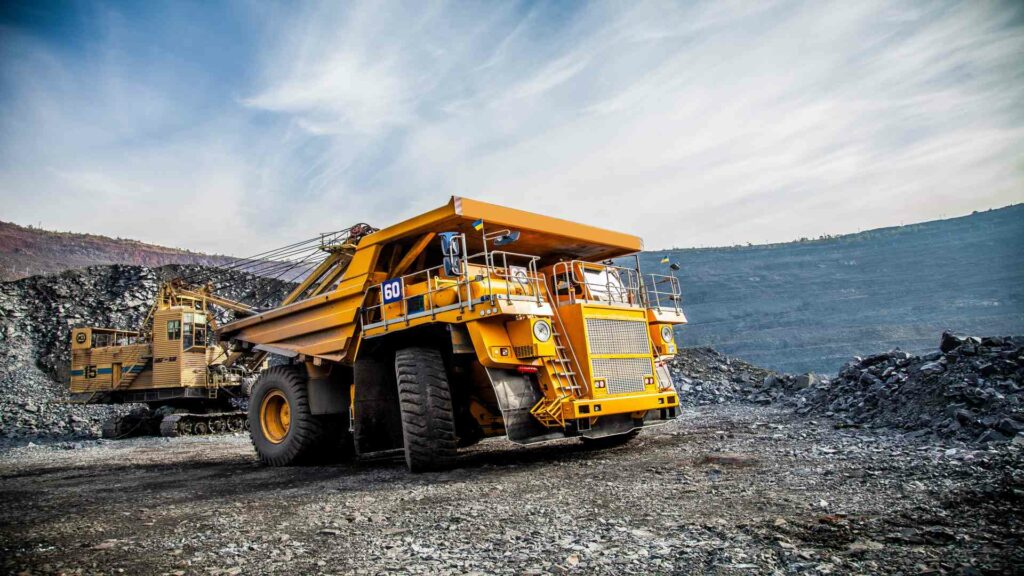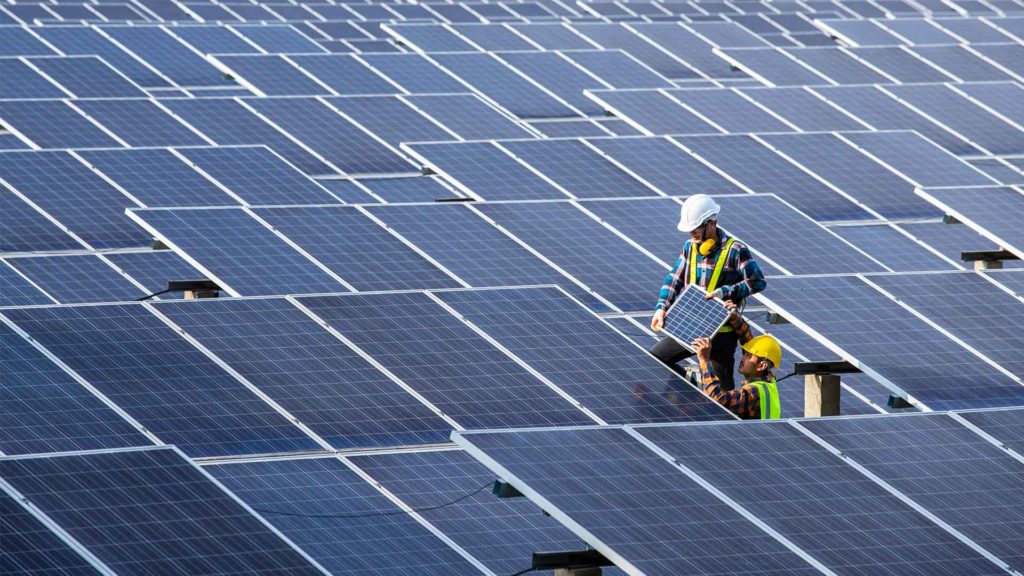Country Profile – Bolivia
Bolivia is one of the largest producers of borates globally after Turkey, the USA, Chile, and Argentina. Extraction and production of ulexite is the main activity centered around the south of the country, with both public and private companies involved. Exports are mostly sodium borates and boric acid, with Brazil and China among the largest buyers.

Borates in Bolivia
Borates in Bolivia
According to data from the United States Geological Survey, – USGS – Bolivia produced 150,000 tons of natural borates in the form of ulexite in 2020. Industrial Tierra, the largest producer, and refiner of ulexite, is the only company with downstream boric acid (15,000tpy). Both ulexite concentrate, as well as boric acid, are exported. Around 20 co-operatives are also mining ulexite and other non-metallic minerals near Salar de Uyuni.
Currently, production is based upon boron mineral resources in several Salar deposits in the south and at the northern edge of Salar de Uyuni. These deposits contain reserves of boron mineral estimated at 15Mt. B2O3. Ulexite is the most critical boron mineral that is mined. Its production increased almost 40% in 2011 compared to 2010.
The main reason for the rise in ulexite mining was not known. However, some explorations, investments, sampling, and other activities could have increased production. It is the largest saline lake globally, with 9,000 to 10,500 km2. The Rio Grande de Lipez flows into its southern end, causing surface flooding of up to 75cm in the rainy seasons.
Although the Salar’s average depth is 121m, a hole dug at its center measured 220m. It was then filled with saline brines. The National Research Council has focused most of its attention on Salar’s potential. They have estimated that the lithium reserves are at least 5Mt Li (29.2Mt CCE). There are also significant amounts of boron in the salar, and some extraction occurs at its southern end.
Exports of Borates from Bolivia
Most of Bolivia’s natural borates, and boric acid, are exported. Brazil is the largest market with over 50% of exports. China is also a significant market for Bolivian sodium borates exports.
Bolivia exports of borates in 2019, natural and concentrated, are as follows: Natural boric acid containing no more than 85% H3Bo3 calculated based on dry weight as follows:
| Territory | Export Value ('$000) | Export Volume (Kg) |
|---|---|---|
| Brazil | 16,929.35 | 85,638,400 |
| China | 10,237.57 | 72,460,300 |
| USA | 2,880.91 | 9,345,340 |
| Malaysia | 2,474.36 | 8,491,750 |
| Peru | 1,857.84 | 4,358,260 |
A notable market where exports are growing in Vietnam: According to the UN COMTRADE database, Bolivia exported Natural borates and concentrated natural boric acid to Vietnam for US$262.86k in 2020.
Major Borates Producers in Bolivia
Sociedad Industrial Tierra
Industrial Tierra mines ulexite in the Laguna Capina salar deposit. The company produces boric acid in-house from the ulexite. The company can also mine ulexite in the Challviri Deposit in the Avaroa Eduardo Nature Reserve. The focus here is on the production of borax decahydrate.
The site is situated at 5,020m above sea level and produces granular boric acids (56% B2O3) and sodium tetraborate decahydrate. Output is exported mainly to the USA, Italy, and China.
Sociedade Colectiva Minera Rio Grande
Industrial Tierra established this co-operative in 2006 to add value to the Rio Grande Delta’s reserves and create local jobs by processing crude ulexite. The project cost US$500,000 to finance. The co-operative Socomirg in Rio Grande Delta, south of Salar de Uyuni, has mined ulexite. It is then calcined in Oruro City to increase the B2O3 content to 45%. The production capacity is 12,000tpy for calcined ulexite and 18,000tpy for granulated. The output is used on agricultural markets. China imports Bolivian agricultural grade ulexite.
Inkabor Bolivia
Inkabor processes the ulexite in an Oruro plant. The process includes calcining. The resulting coarse material is sold under Fertibagra 15Gu and Ubor 15GU. In March 2014, the plant was upgraded and began operations. The plant’s production will likely offset the closing of Peru’s calcination facility.
Quiborax
Quiborax of Chile continued its claim against Bolivia in an international arbitration case it had presented to the court after its concessions to mine ulexite were revoked. Quiborax, a joint venture company called Non-Metallic Minerals(NMM), mined ulexite in the Rio Grande deposit southeast of the Salar de Uyuni (Posi) department. The mine produced around 50,000tpy of ulexite, grading between 32-36% B2O3 and 32% dry.
The government cited environmental standards violations for removing the mining license. NMM filed a lawsuit with the International Centre for Settlement of Investment Disputes of the World Bank (ICSID). NMM exported crude ulexite from the Rio Grande deposit to be processed by Quiborax in Chile until mid-2004.





